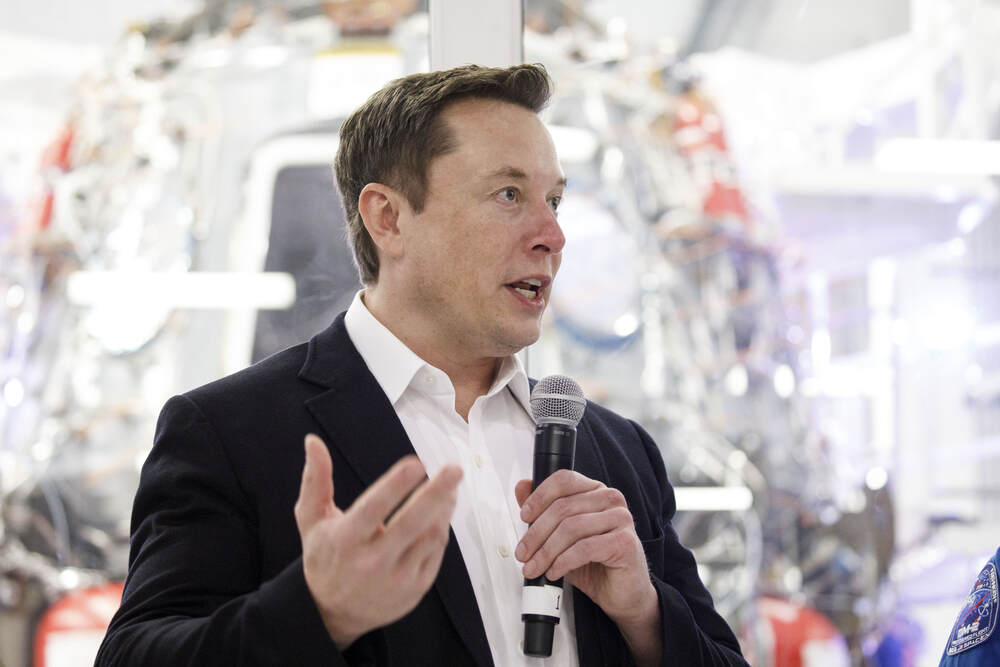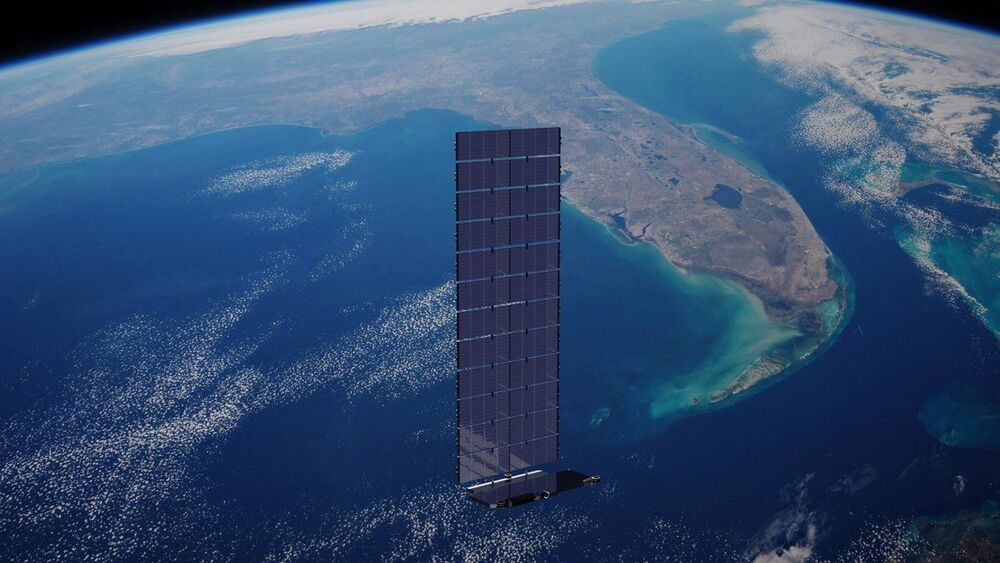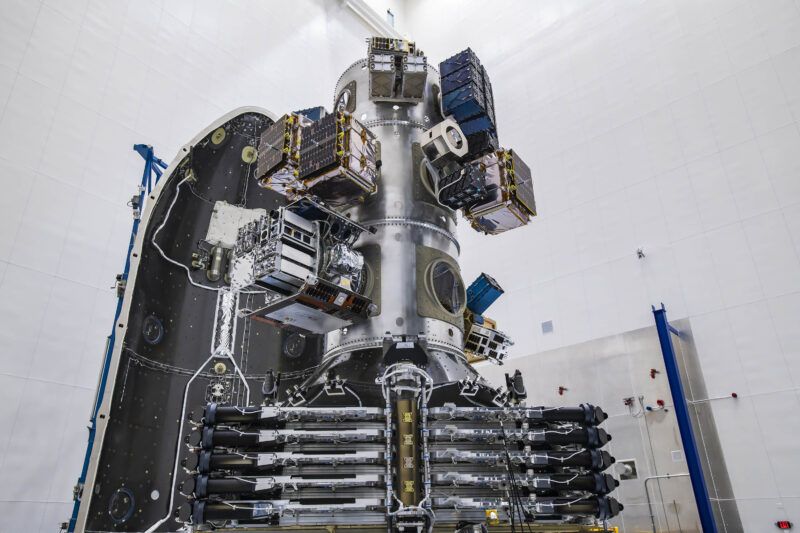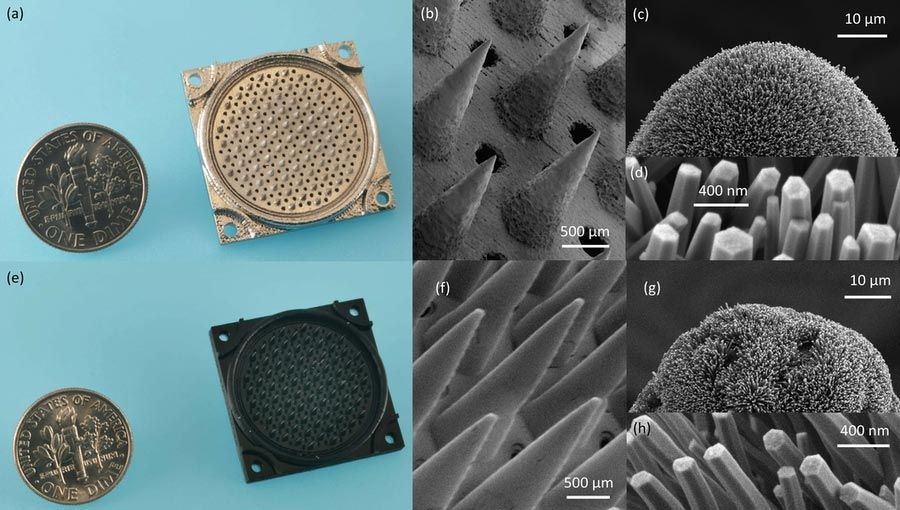Category: satellites – Page 119

Elon Musk’s Starlink filings show plans for phone service and low-income web access
It appears that Elon Musk’s Starlink satellite constellation is not just aiming to provide high-speed internet service. Based on recent filings to the Federal Communications Commission (FCC), Starlink also plans to introduce a suite of related products to its portfolio, from a dedicated phone service, emergency backup for voice calls, and more affordable internet access for low-income customers through the US government’s Lifeline program.
Details of Starlink’s expanded services were mentioned in SpaceX’s petition to the FCC for a designation as an Eligible Telecommunications Carrier (ETC). According to the Elon Musk-led company, an ETC designation is required in some US states where the satellite internet program won government funding to provide internet access to underserved areas. It is also required to receive reimbursement from the FCC’s Lifeline program, which offers discounts on telecom services for low-income customers.
Starlink’s beta today only offers internet access, but in its filing, SpaceX noted that “Starlink Services will provide voice telephony services, including: (a) voice-grade access to the public switched telephone network (‘PSTN’) or its functional equivalent; (b) minutes of use for local service provided at no additional charge to end-users; © access to emergency services; and (d) toll limitation services to qualifying low-income consumers in accordance with 47 CFR §§ 54.500, et seq. Starlink Services will offer voice services on a standalone basis at rates that are reasonably comparable to urban rates.”

Linus Tech Tips reviews SpaceX’s Starlink Internet Service [VIDEO]
😃
Canadian YouTuber Linus Sebastián reviewed SpaceX’s Starlink Internet on his Linus Tech Tips channel (video below). SpaceX currently operates approximately 1085 internet-beaming Starlink satellites in low Earth orbit that will be part of a constellation of over 4400 satellites designed to connect the planet to the world wide web. To connect to space-based internet Starlink customers use a dish antenna and Wi-Fi router device. The company says the dish antenna is more advanced than what is currently in-use aboard fighter jets. The dish features a phased-array antenna, capable of transmitting and receiving signal from all directions as the satellites move across the sky. This week SpaceX started to accept preorders of the service via Starlink.com.
Linus Tech Tips created a great review video in which he tests Starlink’s speed and also talks about important aspects of the Starlink constellation, including a brief discussion on how the network works. In the video, Linus unboxes the Starlink Kit that costs $499USD, it includes a dish antenna, mounting equipment, power supply, and Wi-Fi router/modem device. The Starlink broadband internet service has no data cap, priced at $99USD per month. Linus and his team install the dish outdoors on top of the roof and connect to the network. First, he used the service to play multiple 4K YouTube videos at once, with good results. He just noticed a small lag when trying to load YouTube thumbnails and comments as four high-definition videos played simultaneously. Then Linus ran an online speed test, Starlink provided him with internet download speed of around 138 megabits per second (Mbps) and latency of 27 milliseconds (ms).

Welcome to Mars! UAE’s Hope probe enters orbit around Red Planet
“The spacecraft, dubbed Hope, launched July 192020, atop a Japanese H-IIA rocket, then spent seven months trekking to the Red Planet. Today (Feb. 9), Hope needed to fire its thrusters for nearly half an hour straight to slow down enough to slip into orbit around the Red Planet, from 75000 mph to 11000 mph (121000 kph to 18000 kph). Mission personnel on the ground could only watch what happened and hope for the best. “This has been a remarkable journey of humanity,” UAE Space Agency chairperson Sarah Al Amiri said during preparations for the orbital insertion maneuver. With the successful Mars orbit insertion, the UAE becomes the fifth entity to reach the Red Planet, joining NASA, the Soviet Union, the European Space Agency and India. Today’s success also puts the $200 million Hope spacecraft on the bright side of grim Mars mission statistics: About half of flights to the Red Planet fail.”
The milestone comes little more than a decade after the country launched its first satellite.

SpaceX begins accepting $99 preorders for its Starlink satellite internet service as Musk eyes IPO
SpaceX’s Starlink satellite internet service on Monday began accepting $99 preorders from potential customers, with Elon Musk still expecting Starlink will IPO.
Starlink’s website emphasizes that preorders are “fully refundable,” but notes in fine print that “placing a deposit does not guarantee service.”
Autonomous Ravn X Drone to Launch Satellites From Airport Runways
OEC promoting Tech in Africa.
Space startup, Aevum, just unveiled the product of years of work—a sleek, autonomous, rocket-launching aircraft called Ravn X.

SpaceX could soon start to manufacture next-generation Starlink satellites
It seems new versions are coming out at the same rate as smart phones…🤣
Featured Image Source: @ErcXspace via Twitter SpaceX is deploying Starlink satellites to low Earth orbit on a monthly basis. The company says Starlink will become ‘the world’s most advanced broadband internet system’ capable of providing service to countries globally. To date, SpaceX’s fleet of flight-proven Falcon 9 rockets have deployed approximately 1025 Starlink satellites over the course of eighteen missions. The satellites transmit their signal from four phased array radio antennas. This flat type of antenna can transmit in multiple directions and frequencies without moving. Starlink will beam data over Earth’s surface at the speed of light, bypassing the limitations of of our current internet infrastructure.

Latest Starlink Satellites Equipped with Laser Communications, Musk Confirms
The latest Starlink satellites launched on Jan. 24 are equipped with laser links, and all Starlink satellites launched next year will be equipped with laser inter-satellite links, Elon Musk, SpaceX chief engineer confirmed on Twitter.
“All sats launched next year will have laser links. Only our polar sats have lasers this year and are v [version] 0.9,” Musk tweeted on Monday.
A Twitter user noticed a difference in a photo of the stack of 10 Starlink satellites deployed on Sunday’s Transporter-1 rideshare mission, and asked Musk if an object that looked like a black pipe was lasers, which he confirmed.

3D-Printed Nanosatellite Thruster Emits Pure Ions for Propulsion
Study is first demonstration of a fully 3D-printed thruster using pure ion emission for propulsion.
A 3D-printed thruster that emits a stream of pure ions could be a low-cost, extremely efficient propulsion source for miniature satellites.
The nanosatellite thruster created by MIT researchers is the first of its kind to be entirely additively manufactured, using a combination of 3D printing and hydrothermal growth of zinc oxide nanowires. It is also the first thruster of this type to produce pure ions from the ionic liquids used to generate propulsion.

Phase Four launches first plasma propulsion systems
WASHINGTON — Electric propulsion company Phase Four flew its first plasma thrusters on two spacecraft that were part of a SpaceX dedicated rideshare launch Jan. 24.
Phase Four said its Maxwell plasma propulsion systems were on two of the 143 spacecraft launched on the Transporter-1 mission. The company declined to name the satellites at the request of its customer, which is flying an operational mission but is also testing other new designs on those spacecraft.
The thrusters on those two satellites are the first developed by Phase Four, founded in 2015, to fly in space. In an interview, Beau Jarvis, chief executive of the company, said the company eschewed an approach of quickly building and flying a technology demonstration and then raising money to build a commercial model.